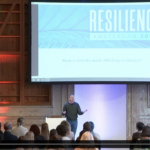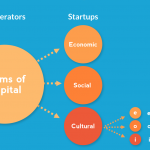
SUZANNE L. THOMAS1
Intel Corporation
JOHN W. SHERRY
Intel Corporation
REBECCA CHIERICHETTI
Intel Corporation
SINEM ASLAN
Intel Corporation
LUMINIŢA-ANDA MANDACHE
University of Salzburg, Austria
[s2If is_user_logged_in()]DOWNLOAD PDF
[/s2If]
[s2If current_user_can(access_s2member_level1)]
[/s2If]
COVID-19 has precipitated a massive social experiment – the sudden shift of millions of knowledge workers from their traditional offices to homes or other remote work locations. This has inspired heated debates and new ways of imagining the future of work. This paper hopes to contribute to a better understanding of these changes by reporting on the results of several dozen in-depth interviews with remote workers from a variety of geographies, industries and professions. We focus in particular on their experiences of remote meetings, with special attention to complaints workers have with their current implementation. As we learned, workers’ complaints tended to be driven by social – rather than productivity or technical...





